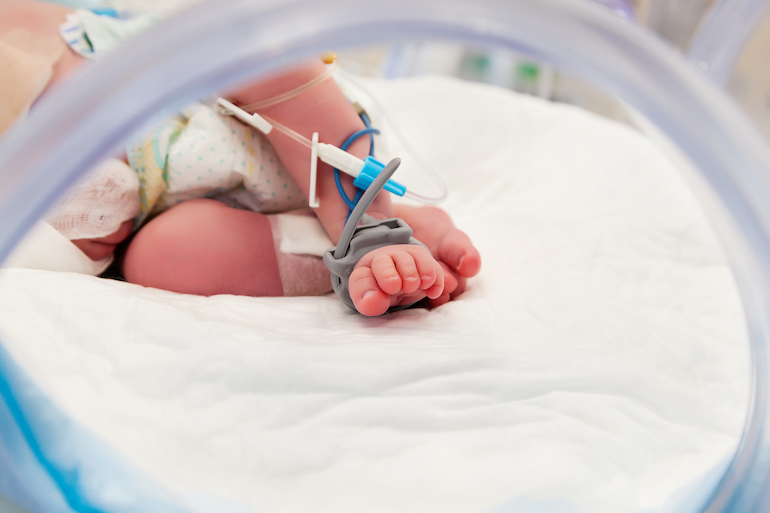Birth Injury or Birth Defect? What You Need to Know

When an infant is born with a serious birth injury, the effect on the family is devastating, emotionally and financially. In some cases the causes of birth injuries are unknown, but sometimes they are the result of negligence on the part of the doctor or hospital.
What is the difference between a birth injury and a birth defect?
Birth defects, which usually occur while the baby is in the womb, are structural or functional abnormalities that can cause physical disability, cognitive and developmental impairment, and other health problems.
Birth injuries typically result from problems that arise during labor and delivery, such as oxygen deprivation.
Both birth defects and birth injuries can be caused by negligence.
Birth Defects and Medical Malpractice
Below are some examples of medical mistakes that could result in birth defects:
- Failing to recommend folic acid, which helps prevent neural tube defects, for pregnant women or those trying to conceive.
- Failing to ask pregnant patients about their use of alcohol, drugs and cigarettes, and warn them about the risks of birth defects associated with these substances.
- Failing to monitor a patient’s medications for drug interactions or potential harm to the fetus.
- Failing to check for infections that are known to cause birth defects, such as cytomegalovirus, toxoplasmosis and Zika virus.
- Failing to monitor weight gain and warn patients of the increased risk of heart and neural tube defects associated with maternal obesity.
- Failing to provide appropriate prenatal care for diabetic patients or check for gestational diabetes (diabetes that develops during pregnancy).
Causes of Birth Injuries
Many causes of birth injuries occur as the result of difficulties during labor and delivery. A larger-than-average infant or a child in an unusual position, such as a breech baby (buttocks first) can be contributing factors, as can prematurity (babies born before 37 weeks).
Here are some of the ways medical negligence can cause birth injuries:
- Incorrect use of forceps or other delivery assistance tools
- Insufficient monitoring of the mother and fetus during labor
- Failure to perform a cesarean section (C-section) in time to prevent injury or oxygen deprivation
- Anesthesia errors
- Improper vacuum extraction
Common Birth Injuries
Cerebral palsy is one of the most common birth injuries. It occurs when the infant is deprived of oxygen during labor and/or delivery. A child born with cerebral palsy can have lifelong cognitive and physical impairment that requires extensive and costly treatment and specialized care.
Shoulder dystocia or Erb’s palsy may occur when a newborn’s brachial plexus, a delicate part of the shoulder, is damaged by the improper use of forceps or other negligent actions during delivery. Serious cases may result in permanent nerve damage.
Cephalohematoma, a type of cerebral hemorrhage, is often caused by the incorrect use of delivery assistance tools. Improper use of these tools can also cause the delicate bones on the side of the newborn’s head to fracture, leading to further complications.
Facial paralysis, which sometimes requires surgery to correct, may occur when forceps are used to facilitate the delivery.
If you or a family member has given birth to a baby with an injury, and you suspect the condition was caused by medical negligence, call us immediately. Our experienced and compassionate lawyers have helped thousands of families like yours receive the compensation they deserve.
Medical malpractice law is complicated, but finding the right lawyer is simple.
Call 1-800-MALPRACTICE today for a free, no-obligation consultation.
Sources:


